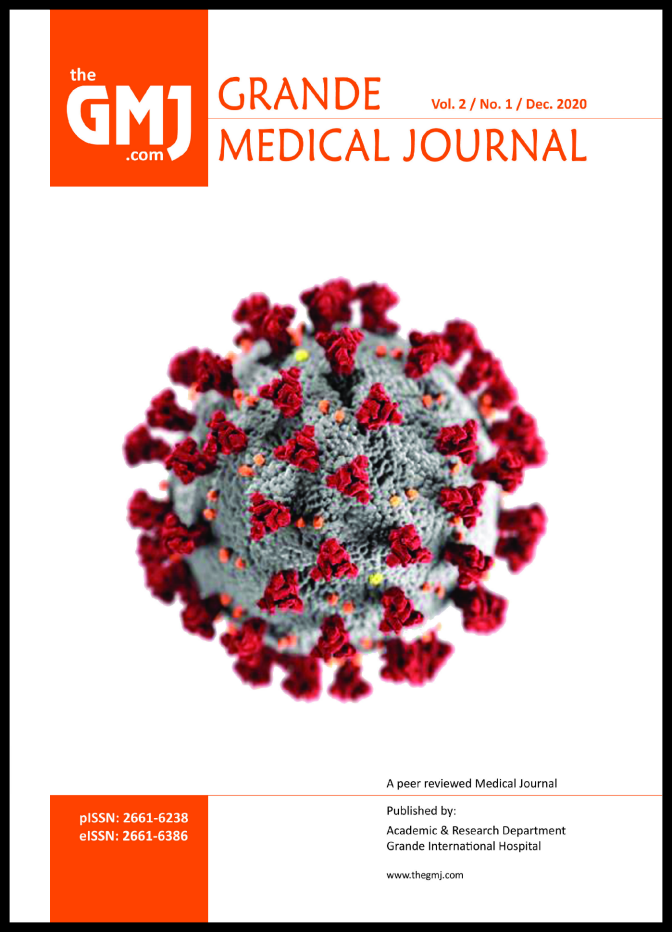Pandemic in the age of click bait algorithms & our collective conscience
DOI:
https://doi.org/10.3126/gmj.v2i1.26978Keywords:
Covid, Pandemic, click baitAbstract
The year 2020 has largely been about COVID-19. The zoonotic virus found in bats causing respiratory disease that originated from Wuhan, China towards the end of 2019, has engulfed the whole world and many regions are still reeling from recurring waves. At the time of this writing, the Johns Hopkins University COVID-19 dashboard1shows that there has been over 79 million cases worldwide with north of 1.7 million deaths. Much of western Europe is in or bracing for strict lockdown during the end of year holiday season, including Sweden which had adopted an approach of attaining “herd immunity” before vaccines, which was bound to fail, and it did. For the context – when Wuhan, the COVID-19 ground zero, went into lockdown amid growing number of cases and fatalities, the action seemed excessive. The official death toll1in the most populous country in the world, China, as of this writing is less than 5000, whereas daily deaths in the US is topping 3000 consistently in the new wave seen since the start of December. Let those numbers sink in first. A pandemic is like fashion – ever evolving and ever revolving. The difference is, of course, in the frequency that great pandemics occur after every few generations. The Spanish flu from a century ago is regarded as the last true pandemic. How COVID-19 differs from the historical contexts of pandemic is how science has evolved - not just in terms of diagnosis and management, but how mass traveling and modern means of transportation has allowed an epidemic to turn pandemic in a relatively short duration. And our voracity in consuming news, and more importantly “views” not just from traditional media outlets but from any ‘fool with a tool’ in this age of social media and influencers has only amplified this paradox. The net worth of a news/ event is no longer in the content but is a function of social media reach, click baiting, and ever so improving artificial intelligence algorithms. The digital footprints we leave behind with each keystroke or click is determining what social media post, news or opinion pieces we are fed. As such, for the same news, there exists more than one “reality” – in the COVID-19 context, each of the subsets of pro and anti-masks, pro and anti-vaccines have their own reality bubbles.And the biggest lesson that this pandemic has taught us – without political will or action, science alone is a lame duck. The New England Journal of Medicine2with over 200 years of history wrote a scathing editorial, first of its kind in its history, to denounce science denying rhetoric, specifically summing up the Trump administration’s approach to COVID-19 as “they have taken a crisis and turned it into a tragedy.” The Lancet3went even further urging US voters to opt for a change in leadership. Many other traditional publications broke ranks to voice their genuine concerns regarding the denial of existence and mishandling of the pandemic. Unprecedented times called for unprecedented actions. These voices of Science had a job to do. Whether one believes or belittles the recommendations of masks, hand washing, and physical distancing to avoid contracting the virus, the world as we knew and lived in has changed so much during these troubled times. The shortcomings or otherwise of US policies/ healthcare system is not the point of contention here, but the actions of a government regarded by many as the most powerful in the world in terms of resources, and seen as benchmark by smaller and poorer countries. It is easy for those in authority in resource scarce countries like Nepal to point their finger at the US and proclaim “even the mighty USA has been so hapless, we are but a poor country”.Throughout evolution, animals have relied on their ‘senses’ of sight/ sound/ smell to stay ahead of their predators and survive. During this pandemic, us humans, are collectively in need of the rarest commodity of them all, “common sense” within ourselves and more importantly of those around us to survive. Amidst all the gloom and doom, a new dawn is nigh. Highly effective vaccines are being rolled out. With newer more virulent strains being reported from different parts of the world in regular intervals, the efficacy of these vaccines could be different than initially reported. The biggest challenge now for vaccines manufacturers, countries, and the WHO is to ensure the logistics of it all so that the vaccines’ coverage worldwide is enough to ensure herd immunity, and there remains no sizeable population pocket of endemicity. Let’s hope that common sense prevails and world leaders are more receptive of scientific reasonings and evidences and collectively work to quell the unrelenting march of this pandemic. It’s not over till it’s over.
Downloads
Downloads
Published
How to Cite
Issue
Section
License
Copyright (c) 2020 Grande Medical Journal

This work is licensed under a Creative Commons Attribution 4.0 International License.




